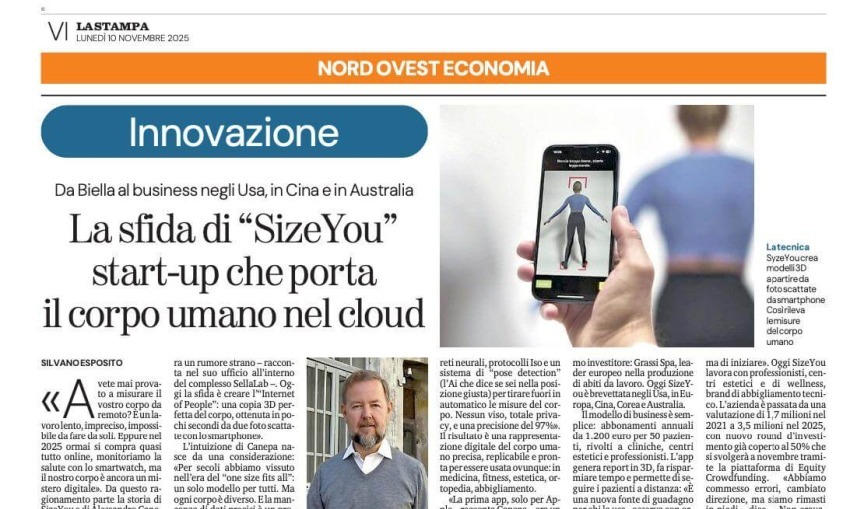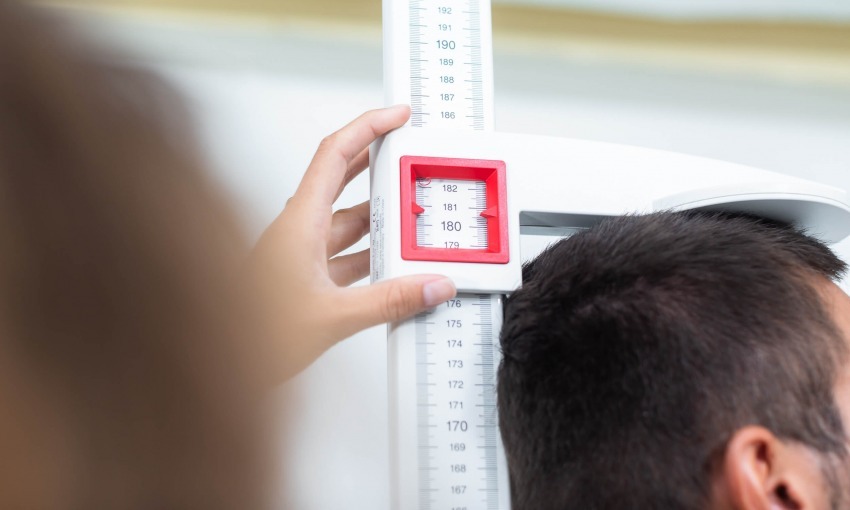How to decrease the environmental impact of your wardrobe
Have you ever wondered what is the environmental impact of your wardrobe, or more generally of the production of your clothes? If the production of a dress has a relatively low cost for the final consumer, especially in the field of fast fashion; the cost is much higher on the environment.
The strong environmental impact that fashion has on the ecosystem does not only concern production, but also the distribution of products. A distribution of fashion garments that with the advent and spread of e-commerce and online shopping has reached peaks never seen before.

The increasingly widespread trend of online buyers is to buy a large quantity of clothing and then choose few or even none, sending back the order creating organizational inconvenience, making returns management and logistics become the biggest challenge for all e-commerce.
On the Fast Company portal it was stated that by 2020 the costs of returns for companies will reach up to 450 billion euros: 75% more than in 2016. In the USA in 2018 the value of the returned products was 369 billion dollars equal to 10% of sales - source Appriss Retail.
Figures like these make a lot of discussion about the actual sustainability of free e-shop returns; but this is not the only problem related to this aspect.
The impact of returns therefore does not only affect the economic sphere of companies, the ever increasing number of returns has as a consequence large and serious environmental problems due to the transport and packaging of products, which leads to having a very large amount of waste - most of the time not recyclable.
Also on Fast Company we read that in the United States the production of greenhouse gases linked to transport, especially those for last mile deliveries, has exceeded that of energy plants. Without forgetting the large amount of cardboard boxes and plastic coatings that are used for the return of the products.
The number of returns has become very high in recent years and this is due to the habits of new modern consumers. Wardrobing is increasingly widespread, a phenomenon whereby people buy online, wear the dress once and return it. This fact does not only concern the clothing sector, but also the footwear and electronics sector.
A habit born thanks to the possibility of buying online without shipping costs and with free returns; services that a digital consumer can no longer do without, so as to influence his purchase choices. A study published in The Journal of Marketing states that the companies that guarantee these services increase their sales by 457%, which is the consequence of the growing number of returns which in turn generate an important environmental impact.

Some large e-shops such as Amazon and Sephora, to try to reduce this phenomenon, have decided to ban consumers who make returns too frequently, while Asos has declared to proceed with checks and act accordingly with all the buyers that it defines serial returners.
But, why are returns requested?
Women's Wear daily magazine identified 4 categories of "serial returners", that is, people who make the return policy a habit.
- The compulsive buyer: the one who, taken by the frenzy of the moment, tends to buy a large number of clothing but who, once received, becomes guilty and returns some or all of the products purchased.
- The wardrober: he buys an outfit only to show it off during a particular occasion and then returns it.
- The social media wardrober: he too tends to buy a particular outfit and return it after showing it off and posting it on all his social channels.
- The bracketer: the undecided on the sizes. He buys different sizes and colors of the same product to then try everything and choose the size and color that best suits him.
Most of the time the return is due to the choice of the wrong size.
Very often the sizes are calculated in an inaccurate and inaccurate way. In fact, it often happens to order a dress, trousers or any other item of clothing and then realize, once the package is opened, that this does not correspond to the desired size. The only alternative that you have in these cases is to request a return, sending the product back, thus aggravating the environmental impact.
How can we reduce the strength of the environmental impact of fashion on our ecosystem?
One way to reduce this strong environmental impact is to make buyers aware, giving them adequate ecological education, leading them to have more respect for the environment and therefore inviting them to seek alternative shopping solutions such as rental and purchase of used clothes .
Indeed, one of these proposals is fashion renting.
It is about the possibility to rent clothes at affordable costs, show them off for the occasion and return them. In this way, not only are the costs of managing returns and logistics reduced, but all waste and textile waste is also reduced.
Less purchases and more rentals is therefore a new sustainability policy.
Other proposals come from the hi-tech front.
The Kering group, leader in the sustainable luxury fashion sector, has in fact designed and created an app with the aim of measuring the cost of the environmental impact of producing a good. The app is called EP&L (Environmental Profit & Loss Account) and allows you to evaluate the impact that the production of any good, such as shoes or jackets, has on the environment. In particular, the app calculates the impact related to carbon emissions, water and air consumption, waste produced and soil consumption.
Thred Up, the largest second-hand shop in the world, has created the Fashion Footprint Calculator to measure the impact related to your wardrobe. It is in fact a test on one's purchasing habits, on how one takes care of one's clothes - from washing to drying. After the test you receive a score and several tips to improve yourself and become a more attentive consumer also to environmental issues.
Our SizeYou app can also be helpful in respecting the environment.
In fact, SizeYou allows you to collect anthropometric measurements in a precise way, so it will be easier to choose your correct size and not to have to return, thus contributing in a small part to safeguarding the environment.

These tools can help increase and improve awareness of our purchasing choices, in fact reducing returns also means putting a brake on fast fashion, an industry that emits 5% of global CO2 emissions and creates in 48 hours what, even with the most advanced technologies, it would take 12 years to recycle.
.





